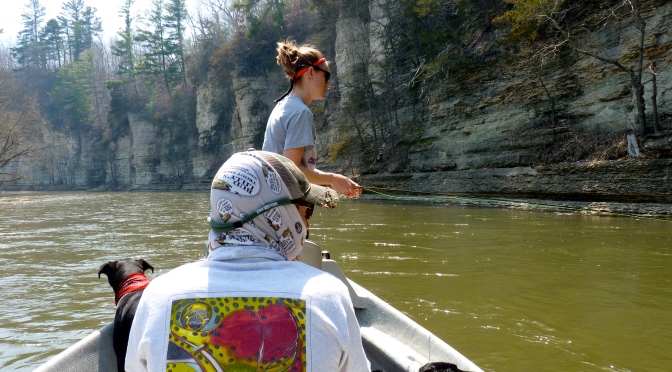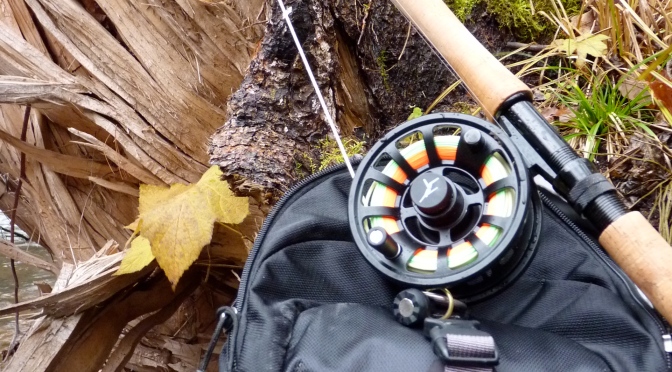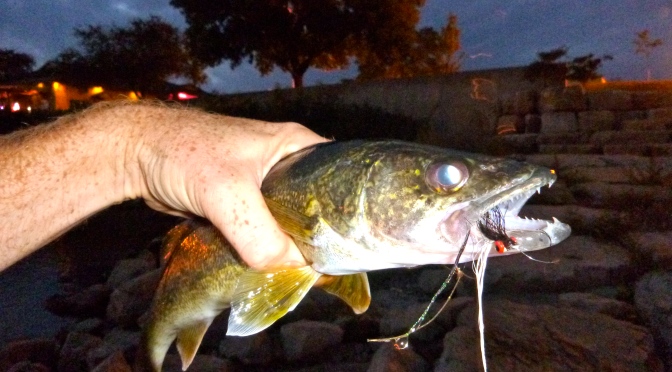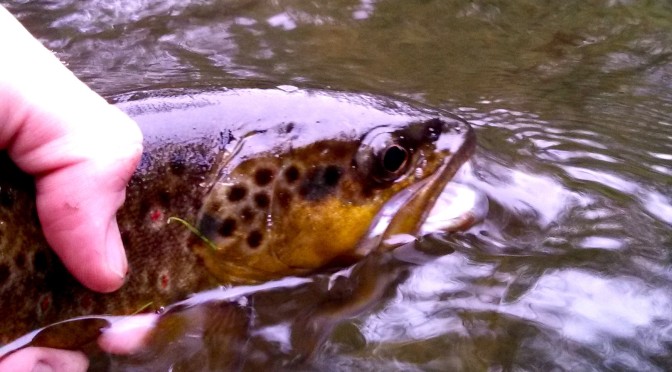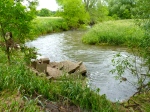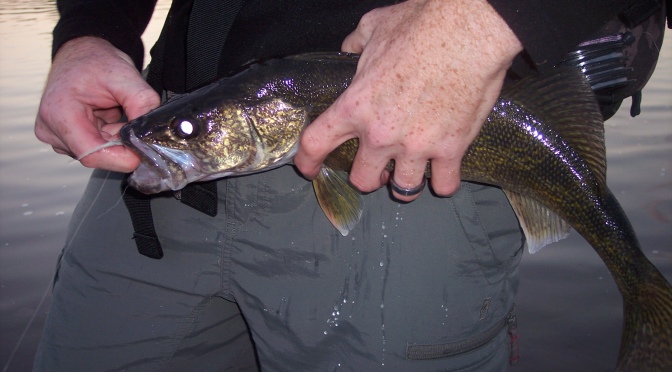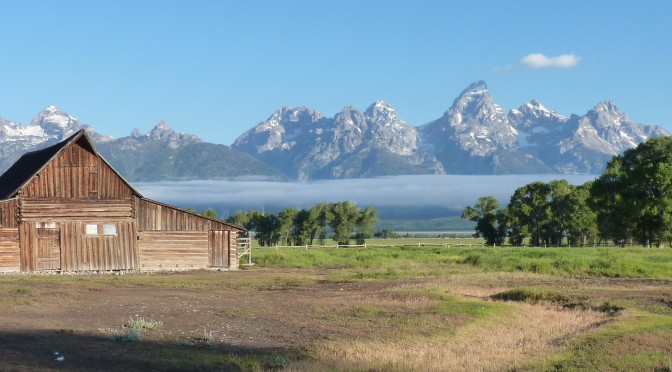One of the most fundamental aspects of a successful day on the water starts before you even leave the house. Bringing the right clothing for the day is often the determining factor in your comfort and can turn a great fishing trip into a disappointingly short day. Many of us who have fished for a while can recall a time where we were unprepared. Factors such as season, temperature, wind, ground cover, and where you choose to fish will have a great impact on what you decide to bring. Remember, packing a few extra items in the car takes up very little space and is just a great insurance policy.
Below is a list of items we consider necessary for each season. Tell us what we’ve overlooked or goes into your “must-have” list.
1. One sure-fire bet is to dress in layers. Consider a hoody or fleece underlayer. This creates a breathable layer that can help keep you warm when needed. Layers can always be removed if necessary too.
2. A buff. In the last two years, we’ve been using these more often throughout the year. With an spf 50 rating, these are essential to keep harmful rays off the fisherman, however these also function in the fall and winter to provide some warmth and layer against bitter winds. A really functional item that we pack on every trip. http://www.buffwear.com/buff-headwear/original-buff
3. In the later fall, winter and early spring, we are wearing waders. Find a pair of waders that are durable and comfortable. While you won’t do a whole lot of deep water wading, they will keep you dry and give you the ability to fish angles and places you couldn’t with normal footwear. Be sure to wear comfortable and breathable socks. I prefer a wool or synthetic blend that will keep your feet warm and dry. We like Redington and Simms waders.
4. During the summer, we often wet-wade our streams. There is nothing like being in the cool water on a hot day. Consider getting yourself a pair of water shoes. Water shoes allow you to tramp along where you like, but will drain out quickly after you leave the water. These should ideally have a toe covering on the front and a secure strap on top. Like many items, these can range widely in price. Shop around and find a pair that will be comfortable for a day of fishing.
5. If you plan to wet-wade, be sure to also find yourself a pair of breathable, quick-drying pants. These are essential to keep yourself protected from hazardous weeds that you will find fishing and again, provide a layer of protection against the sun. I prefer a zip-off pant that allows you to turn them into shorts later on as the temps heat up.
6. Lastly, a hat and sunglasses. Create your own style when it comes to these items. We wear a variety of headwear (que shameless plug for a Driftless on the Fly trucker hat) depending on the weather, and always a good pair of polarized sunglasses. Both are going to make or break your day in terms of comfort and enjoyability. Don’t be the guy that pretends to not care about skin cancer. Layer up and protect yourself.
Honorable mention items include a good pair of gloves that allow for warmth but also allow dexterity, a good hat, and a breathable shirt. What’s on your list?
